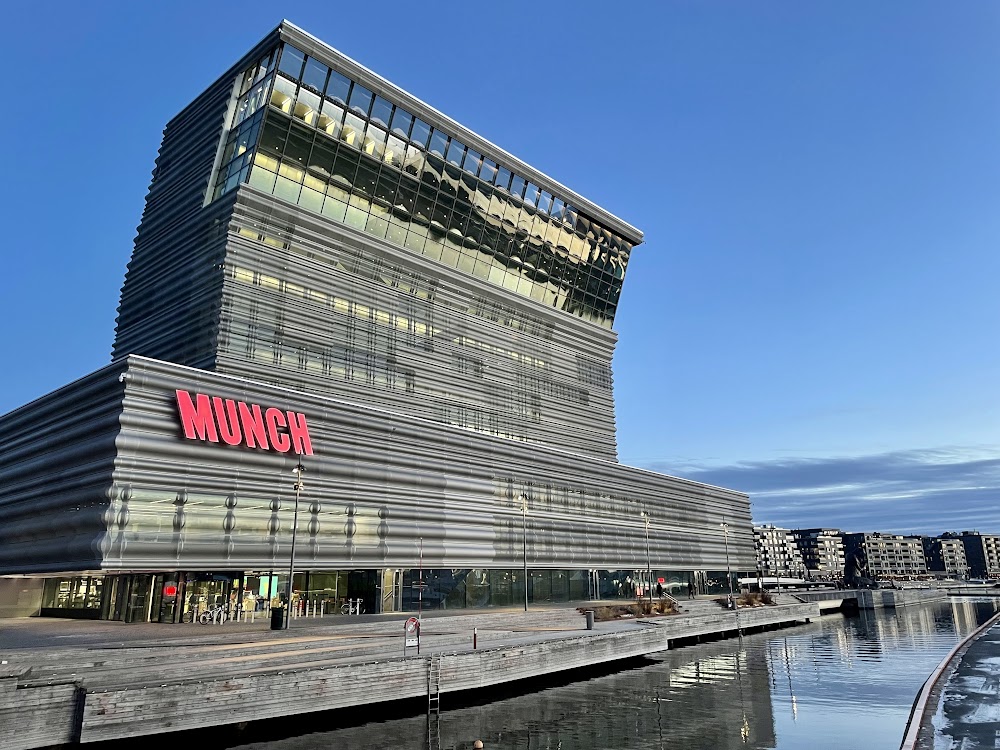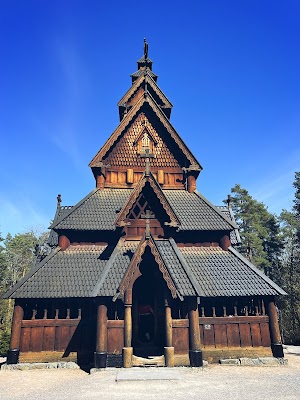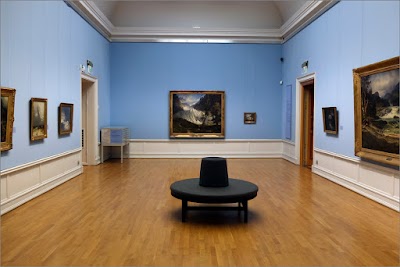Oslo City Hall (Oslo Rådhus)
Overview
Oslo City Hall: A Landmark of Culture and Democracy
Oslo City Hall, known locally as "Oslo Rådhus," is one of Norway's most iconic landmarks, situated in the heart of Oslo near the scenic Oslofjord. This monumental building serves as both the seat of municipal government and a remarkable example of Norwegian architectural ingenuity.
The construction of Oslo City Hall commenced in 1931 and was completed in 1950, with interruptions due to World War II. Designed by Norwegian architects Arnstein Arneberg and Magnus Poulsson, its architecture masterfully blends modernist style with traditional Nordic elements. The exterior boasts two imposing towers, one of which houses a carillon featuring 49 bells. Intricate frescoes and sculptures adorn the facade, reflecting the rich cultural heritage of Norway.
Upon entering Oslo City Hall, visitors are welcomed by the stunning main hall, known as "Rådhushallen." This grand space is embellished with elaborate murals by various Norwegian artists, capturing scenes from the nation's history, culture, and mythology. A particularly striking mural on the east wall, created by Alf Rolfsen, portrays the German occupation during World War II, while others illustrate the country's transformation from medieval times to the present day.
One of the City Hall’s most notable roles is hosting the Nobel Peace Prize award ceremony each December 10th. Since 1990, esteemed laureates such as Nelson Mandela, Malala Yousafzai, and the Dalai Lama have walked its halls, celebrated for their exceptional contributions to peace. This annual event underscores Oslo City Hall's significance as a global symbol of peace and diplomacy.
For art enthusiasts, the City Hall is a treasure trove of Norwegian artistry and craftsmanship. Its rooms and corridors showcase a rich collection of tapestries, wood carvings, and paintings, all selected to reflect the talents of Norway's leading artists from the early 20th century. Each artwork tells a story, echoing the country’s history, values, and stunning natural landscapes.
Architecture aficionados will appreciate Oslo City Hall as a prime example of Nordic functionalist design, seamlessly merging practical municipal needs with aesthetic appeal. Its use of local materials, primarily red brick and Norwegian marble, anchors the building within its native landscape, while its structure embodies ideals of democracy and transparency in governance.
Surrounding the City Hall are charming public squares and parks, including the popular Rådhusplassen, which offers breathtaking views of the harbor and Akershus Fortress. This area is perfect for leisurely strolls, with an array of cafes and restaurants nearby where visitors can indulge in traditional Norwegian cuisine while soaking in the vibrant atmosphere.
For those eager to delve deeper, guided tours of Oslo City Hall are available, providing detailed insights into its art, history, and architectural significance. These tours are typically offered in multiple languages, ensuring that international visitors gain a comprehensive understanding of this remarkable building.
Additionally, Oslo City Hall functions as an active government building, housing the offices of the city council and the governing mayor. Visitors may even witness local government in action, offering a unique glimpse into the administrative life of the Norwegian capital.
Oslo City Hall is not simply a municipal building; it stands as a vibrant cultural and historical hub that encapsulates much of what makes Oslo and Norway special. Whether you are intrigued by its historical significance, artistic treasures, or architectural splendor, a visit to Oslo City Hall is a must for anyone exploring this bustling Scandinavian city.
In conclusion, Oslo City Hall embodies Norwegian pride and symbolizes the nation’s commitment to peace and democracy. Its combination of functional architecture, rich artwork, and historical importance makes it a fascinating destination for travelers from around the globe. As you wander through its halls and admire its detailed murals, you will feel a profound connection to the history and spirit of Norway.






